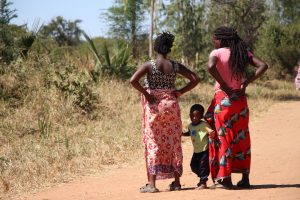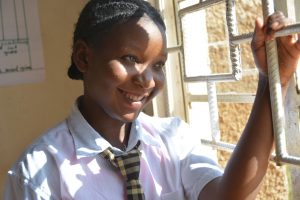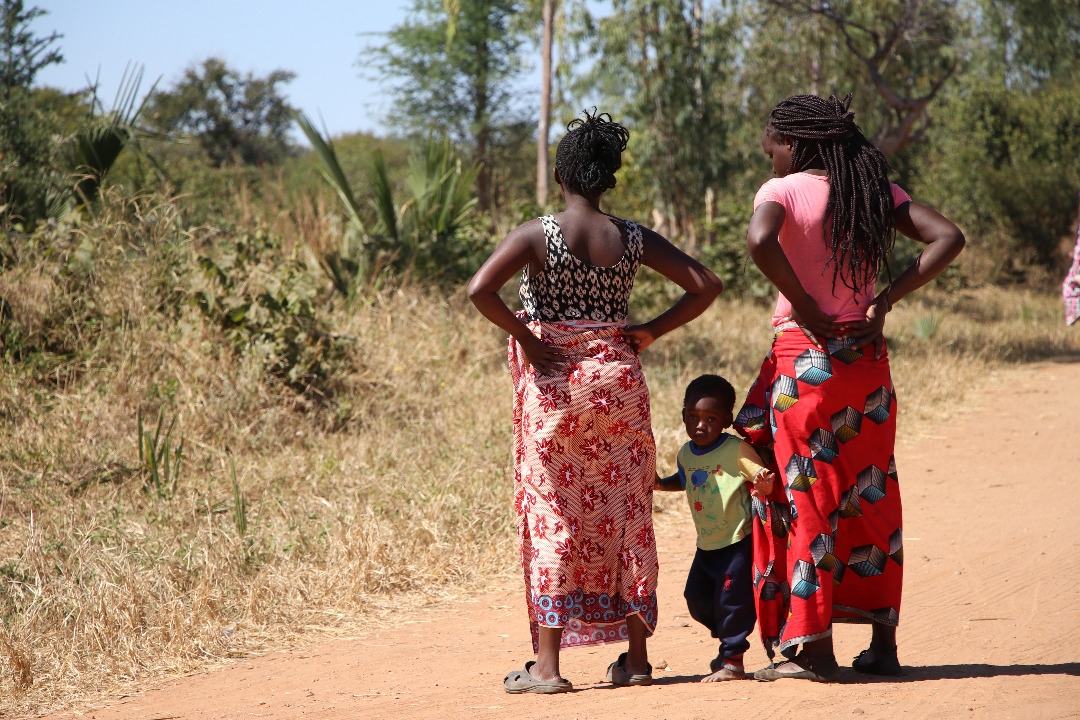The policy design to increase the participation of girls in Zambia’s secondary school education system must be a home-grown, context-specific and a rigorous multidimensional approach, merging legislation and evidence-based policy.
With children unable to attend regular classes due to the coronavirus pandemic, ministries of education globally are looking at strategies to improve the participation of children. Keeping girls in secondary school is a global challenge, now even more prevalent given the continued pandemic.
Intervening to increase the participation of girls in Zambian secondary schools is certainly overdue. A UNICEF Zambia Country Programme (2016-2021) study found that most Zambian households regard school fees as unaffordable with three quarters of the population living in extreme poverty on less than $1.25 per day in rural Zambia, an area covering 60% of the country.
Africa, according to a Mckinsey study (2019), “could add $316 billion or 10 % to GDP in the period [between now and] 2025 if each country makes advances in women’s equality”. However, in order to achieve this, there needs to be a deliberate and holistic investment in the uplifting of women, particularly girls, to make a difference. One way to do this is to increase the number of girls graduating from primary school into secondary school education. In Zambia, it is reported that only 42.9% of primary school leavers enter secondary school, (UNICEF, 2020) a country in which the secondary school national enrolment ratio for girls is only 25% (Policy Brief Accelerating Human Capital Development, 2015)
The five key drivers of reduced female participation in secondary school education in Zambia is a lack of funding, limited school infrastructure, long distances to schools, sociocultural factors and poverty to mention a few. This article focuses on child pregnancies and child marriages.

Zambia is ranked as the 16th highest country in the world for child marriage with teenage pregnancies at 36% in rural areas, higher than in urban areas which stand at 20% (FIGO 2018). It is recorded that 27% of females in rural Zambia are not in school primarily due to poverty, pregnancy and early marriages (CAMFED Zambia). In addition, a staggering 39% of these girls are married off before the age of 18, and 9% before the age of 15 (Zambia Demographic and Health Survey 2018).

Current Legislation Governing Marriage
Section 10 of the Zambian Marriage Act sets the legal marriage age at 21 years old as the age a person can marry without written consent from a parent, guardian or the court. This section is to be read with s.17, 18, and 19 which allow for a person aged between 16 – 21 to marry with parental consent. Interestingly, a judge of the High Court can also consent to a marriage for a person below the age of 16 so long as the circumstances of the marriage are not contrary to public interest as provided by s.33(1). There is a further exception to this which facilitates for parental or court consent to be granted through the uncodified Customary Law that regulates the rights and liberties of ethnic groupings to allow for marriage below the age of 21. Section 34 of the Marriage Act states that “[n]othing in this Act contained shall affect the validity of any marriage contracted under or in accordance with any African customary law”. This archaic and unprogressive permissive approach in the context of Customary Law by the Marriage Act exposes girls under the age of 21 to be given away by their parents and guardians. For example, in some ethnic groupings, a girl is eligible for marriage on the mere basis of having attained puberty irrespective of the age, thus exposing very young girls to marriage. Additionally, the Penal Code Chapter 87 of the Laws of Zambia in s.138 does allow for “lawful carnal knowledge” of a girl below the age of 16 years. By use of the word “unlawfully,” the implication of this is that someone can lawfully have carnal knowledge of a child below 16 years. The defence of an accused person being that he was married to the girl at the time of the alleged offence. This legislative provision needs to re-word the offence of defilement to outlaw any/all forms of carnal knowledge not just ‘unlawful carnal knowledge’ as well as review and amend the minimum age of sexual consent with stiffer penalties to at least provide the necessary protection of the girl child during her school going age.
The legislature governing child marriages, pregnancies and education in Zambia needs to be reviewed.
The Marriage Act could be amended to make all marriage below the age of 21 a criminal offence, even with parental or judicial consent. The proposed amendment could protect children from being married off at school age. Similarly, Section 34 of the Marriage Act which allows for marriages of children below 21 years under Customary Law should be abolished in order to achieve uniformity on the minimum age of marriage.
Teenage pregnancy re-entry policy
In Zambia, 43, 000 girls drop out of school annually, of which, 11,000 drop out due to early pregnancies (News Diggers, 2018). This is mainly due not only to challenges of access associated with the introduction of fees at secondary school level when primary education is free, but also due to poor implementation of the re-entry policy once pregnant. The re-entry policy can be strengthened by introducing intensive counselling support services in schools to address the potential psychological and anti-stigma education as part of the general personal social morals and values education curriculum. Consequently, this increases re-entry options and provides for psychological effects through counseling that will encourage the girls to return to school and complete their education.
A Payment Voucher funded by the state to pay school fees, could also be explored.

Payment Voucher System and Framework
The objective of this payment voucher for girls would be to improve education access, participation and completion rates by providing a financing instrument that targets girls’ secondary school attendance, particularly amongst the poor. An introduction of a secondary school education provider payment voucher for girls as part of the necessary multidimensional intervention required to have a holistic impact could see an increase in secondary school participation for girls.
In Colombia, a payment voucher system was initiated in 1992 targeting girls from low income homes, renewable annually based on completion of the previous year. This accounted for at least 1% of secondary school enrolments by 1995 (King et al. 1997), therefore an increment in access.
The legislative provisions can provide a framework that will govern the payment voucher policy to enable girls and their families to afford secondary school education and thereby increasing participation, access and reducing inequality, particularly for rural girls.
The objective of a payment voucher system in Zambia would therefore focus on improving female pupil secondary school access and completion rates through a triangular-threefold approach that addresses cost affordability, quality and equity. This quasi-market policy approach of introducing a payment voucher system for secondary school education can significantly facilitate for an incremental change in the participation of girls and could broadly work as follows:
- Payment vouchers would be allocated to the female pupils following successful attainment of admission requirements.
- Voucher renewal should be linked to minimum satisfactory performance.
- Allocation would be based on a lottery function if there are more applicants than available vouchers.
- Vouchers would be redeemable both in public and private schools and can be topped up.
The expected outcome would be an enhanced participation, access as well as affordability which could potentially even be extended to be used in private institutions if parents and guardians are able to top up the difference of fee offers from private schools. It is important to highlight that most provider payment voucher systems focus on also achieving an improved performance outcome for the female students. However improved aggregate performance is more complex and would therefore require a more sophisticated approach which is not under discussion here, but one that would look further beyond payment vouchers and increased participation.
Conclusion
Enhancing the participation of the girl child in Zambia’s secondary schools remains one of the country’s foremost challenges. Addressing the issue requires innovative solutions that are context-driven and have the buy-in from the key players involved in the formulation of the necessary institutional reforms. Overall improvement in the development of Zambia’s human capital, beginning with increased participation of girls in secondary education, is essential. For this to happen, a multidimensional approach incorporating legislative and evidence-based policy reform could be an effective strategy. If well-crafted and implemented, such change could significantly improve female secondary school education and reduce child marriages and pregnancies.


